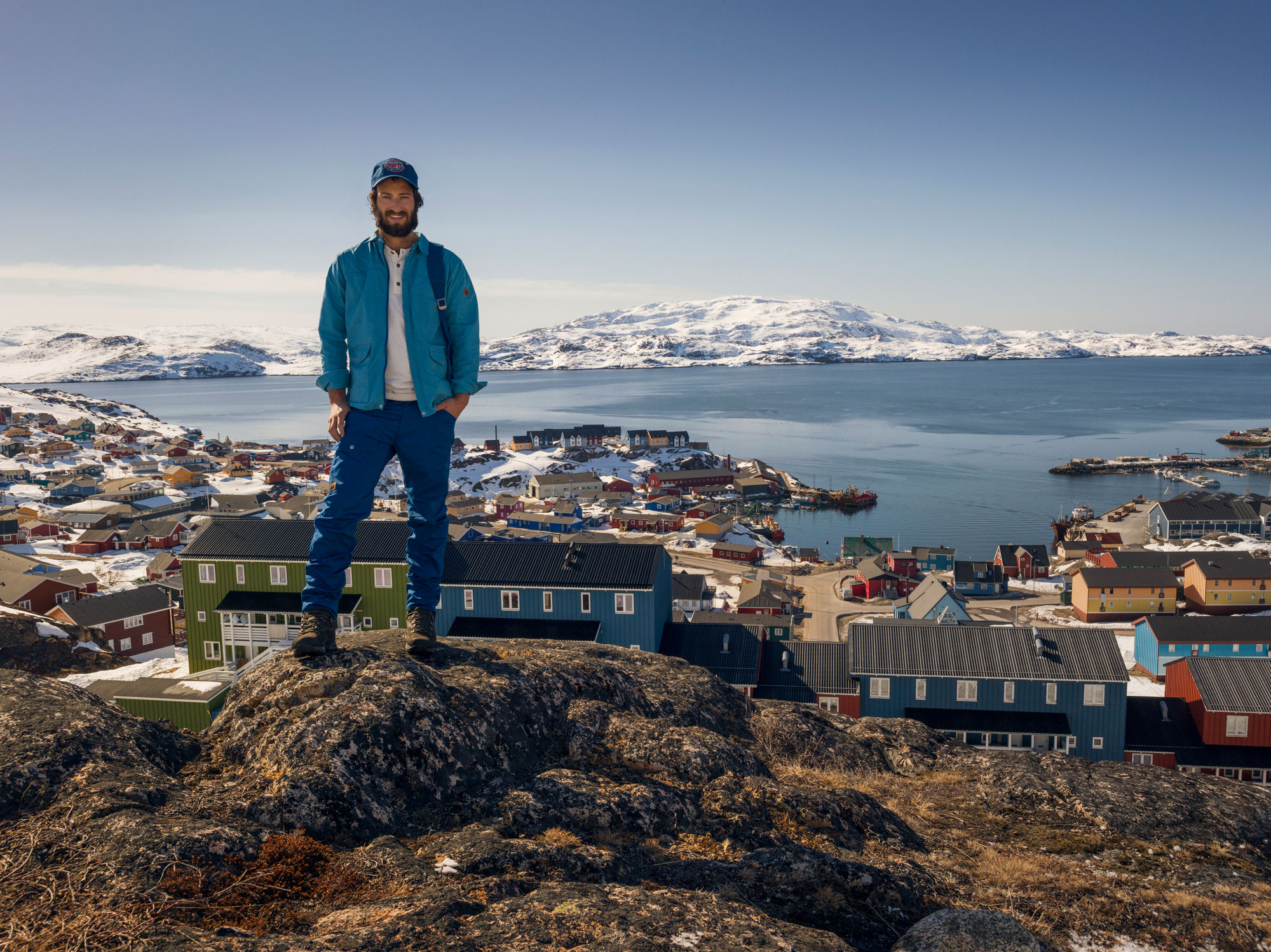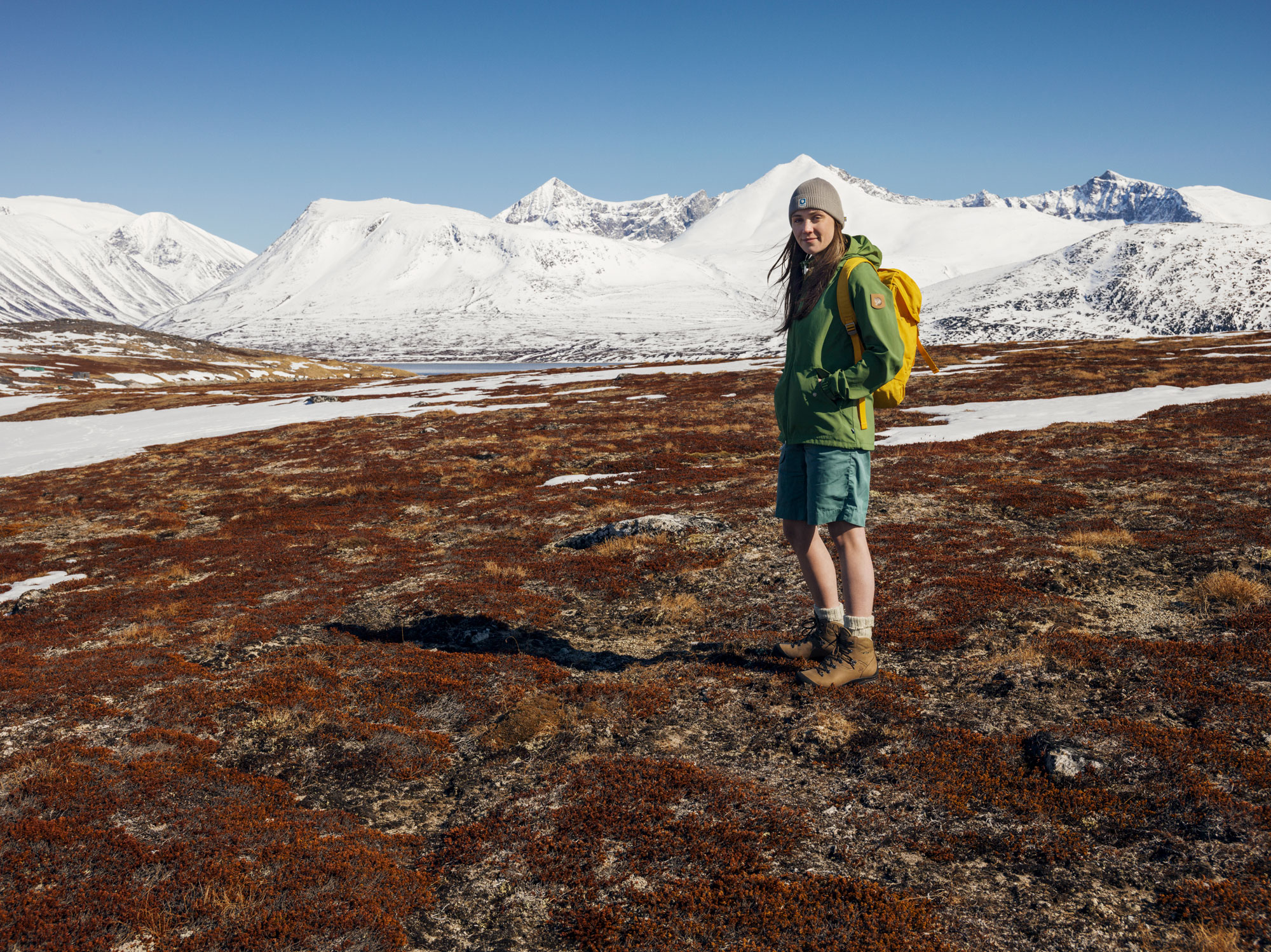Greenland, with its 660,000 square mile ice sheet that covers an astonishing 80 per cent of the island’s landmass, has for a long time now been synonymous with spectacular scenery and epic adventures. Unfortunately, in these times of rapid climate change, Greenland has also become a symbol of something far graver.
Concerned by the impact rising global temperatures are having on the planet, scientists currently estimate that if the entire Greenland Ice Sheet melted sea levels could rise by a frightening 20 metres. This would have a devastating effect for low-lying coastal countries and major cities like London, New York, and many others.
Fjällräven have long held a special relationship with Greenland, as it was there that a Swedish expedition team using Fjällräven backpacks and tents headed in 1966. It was, although they didn’t know it when they went, a trip that would dramatically shift the focus of the outdoor brand.
“I think climate change is the biggest question of our generation.”
Upon returning, the members of the expedition came back with memories to last a lifetime but also a number of complaints regarding their clothing. This inspired Fjällräven founder Åke Nordin to develop a perfect all-round outdoor jacket; one that was lightweight, would dry quickly, and keep you warm – a jacket, in other words, that meant there was no such thing as ‘bad weather’. His work resulted in the Greenland Jacket.
Fast forward to today and Fjällräven are coinciding the release of their ‘Greenland Updated’ collection with a project to support scientists studying climate change on Greenland. The scientists are Gabriel Lewis and Karina Graeter. Fjällräven are supporting the pair by providing them with clothing, equipment, and a platform to share their stories with the wider world thanks, in part to the involvement of photographer/filmmaker Klaus Thymann.


